The Placement Panic in India: Why the Class of 2026 Needs Skills, Not Just Degrees
– Gaurav Bhagat, Founder, Gaurav Bhagat Academy
Each year, India’s universities and colleges produce a vast number of graduates entering the workforce with high hopes. Many still believe that a good college and a degree are the golden ticket to employment. However, for the Class of 2026, that belief is rapidly unravelling. In today’s competitive, technology-driven job market, employers are prioritising skills, adaptability, and demonstrable capability over mere qualifications.
India’s Employability Challenge
The Mercer | Mettl Graduate Skill Index 2025 found that only 42.6 percent of Indian graduates are “overall employable,” down from 44.3 percent in 2023. While technical and communication skills show promise—AI, machine learning, and leadership all exceed 50 percent—graduates lag in critical areas such as creativity, problem-solving, and adaptability. Delhi leads in employability at 53.4 percent, followed by Himachal Pradesh and Punjab, but most Tier-2 and Tier-3 states trail due to weak industry linkages and limited internship opportunities.
The India Skills Report 2025 paints a slightly better picture, estimating employability at 54.8 percent, up from just 30–35 percent a decade ago. Yet, both studies underline persistent gaps in non-technical and meta-skills, inconsistent institutional quality, and rapidly shifting employer expectations.
A Widening Supply–Demand Gap
India produces around 900,000 engineering graduates each year, but the IT sector is expected to create only 300,000 relevant roles annually. This oversupply intensifies competition and unemployment among qualified candidates. Clearly, possessing a degree alone no longer ensures employability, especially in preferred industries.
Rethinking Higher Education: From Credentials to Capability
To remain relevant, academic institutions must evolve from degree-granting bodies into employability enablers. This requires a comprehensive curriculum overhaul—embedding emerging technologies such as AI, data science, and automation alongside strong foundations in writing, communication, and mathematics.
Teaching methods should shift towards project-based learning, live labs, and industry-linked apprenticeships, giving students exposure to real-world challenges. Hybrid models combining degrees with apprenticeships, start-up incubators, and challenge-based learning can foster both practical expertise and entrepreneurial thinking.
Simultaneously, institutions must invest in faculty development, digital infrastructure, and industry partnerships. Co-created courses, MOOCs, and mentorships can bridge academia–industry gaps. Assessment systems should evolve beyond examinations to continuous evaluation through projects, peer reviews, and presentations.
Challenges and Policy Imperatives
Despite its promise, a skills-first model faces hurdles—unequal digital access, costly certifications, and institutional inertia. While national schemes such as PMKVY and DDU-GKY aim to enhance employability, they often struggle with low placement rates and poor industry alignment. Policymakers must therefore focus on improving quality assurance, strengthening rural infrastructure, and recognising micro-credentials as legitimate indicators of skill.
The Road Ahead
“Placement panic” is a symptom of a deeper transformation in India’s education-to-employment ecosystem. Degrees alone no longer guarantee success; skills, adaptability, and continuous learning have become the true currency of employability. For the Class of 2026, this moment presents both challenge and opportunity.
By embracing lifelong learning and supported by forward-looking institutions and policymakers, graduates can turn placement anxiety into a powerful pathway towards confidence, capability, and change.
Also Read: Reimagining Engineering Education





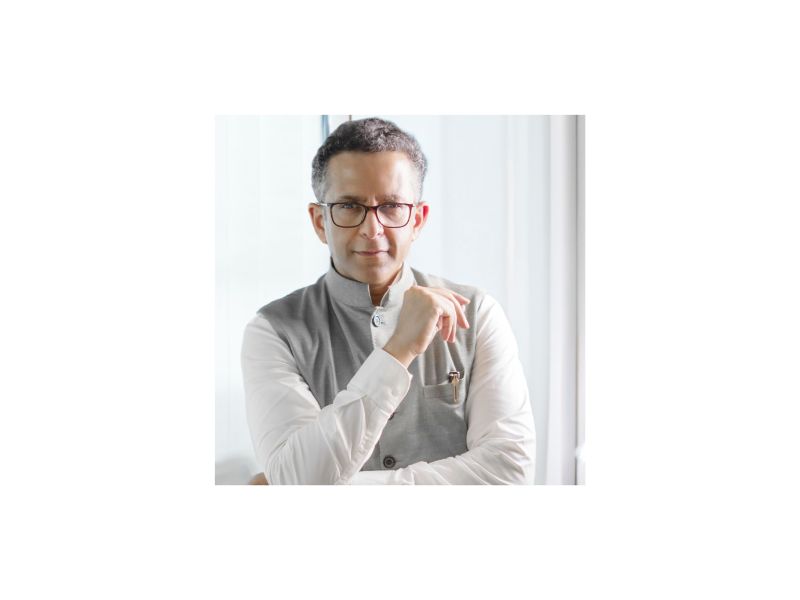


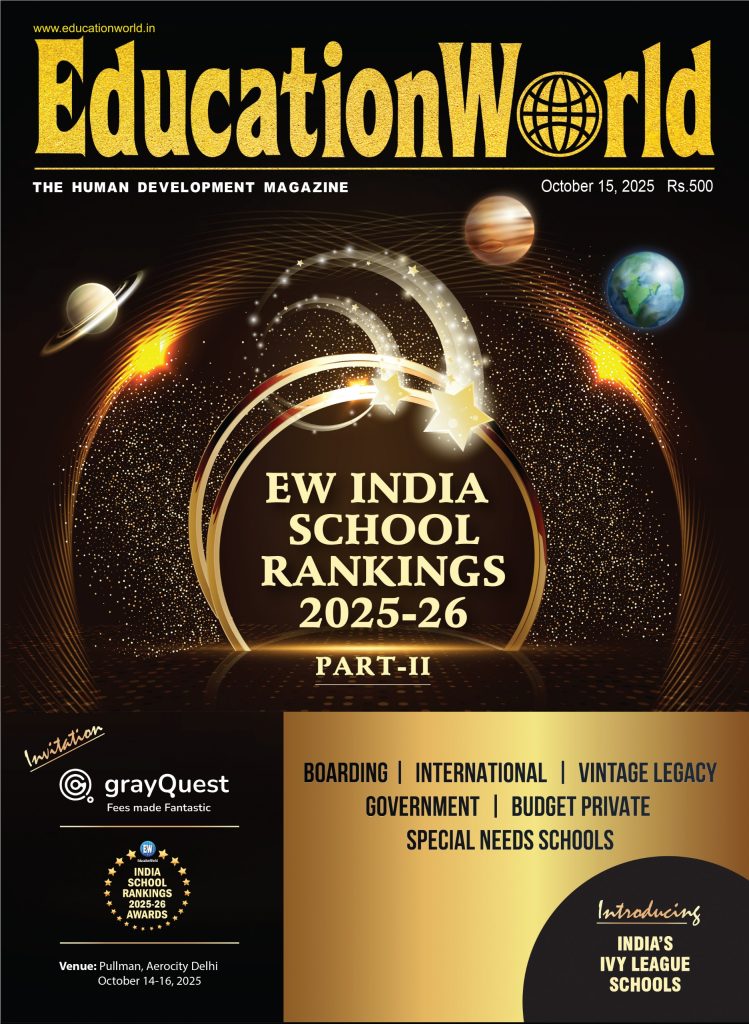
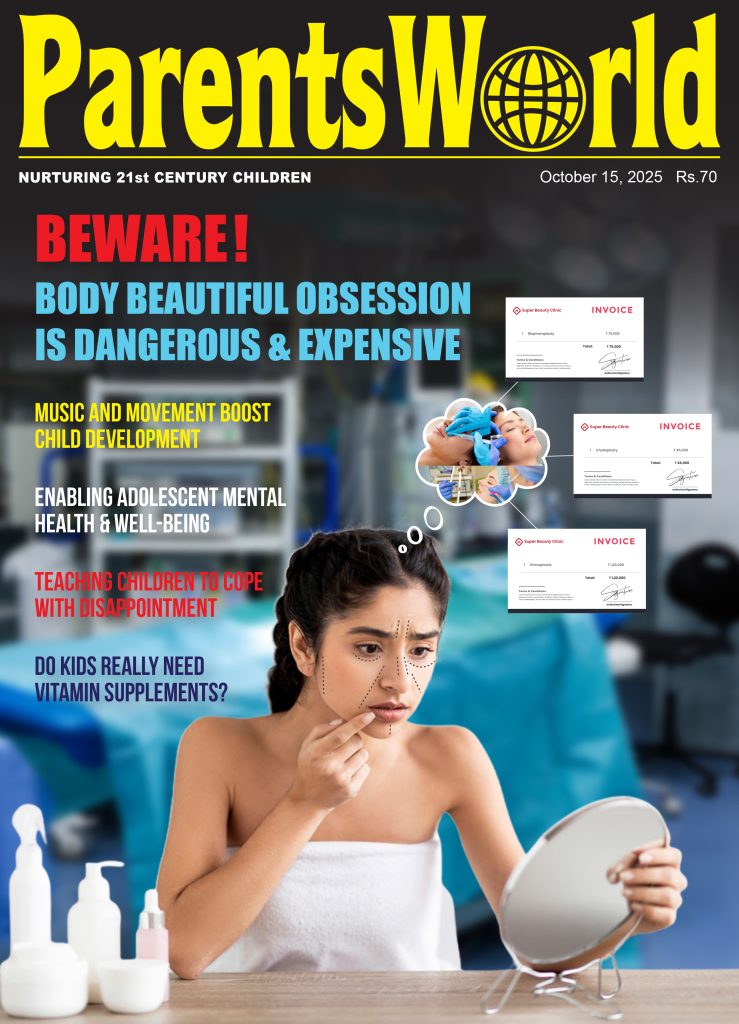
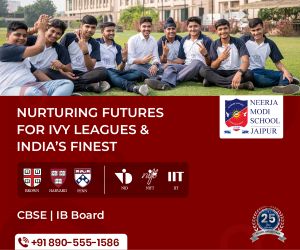


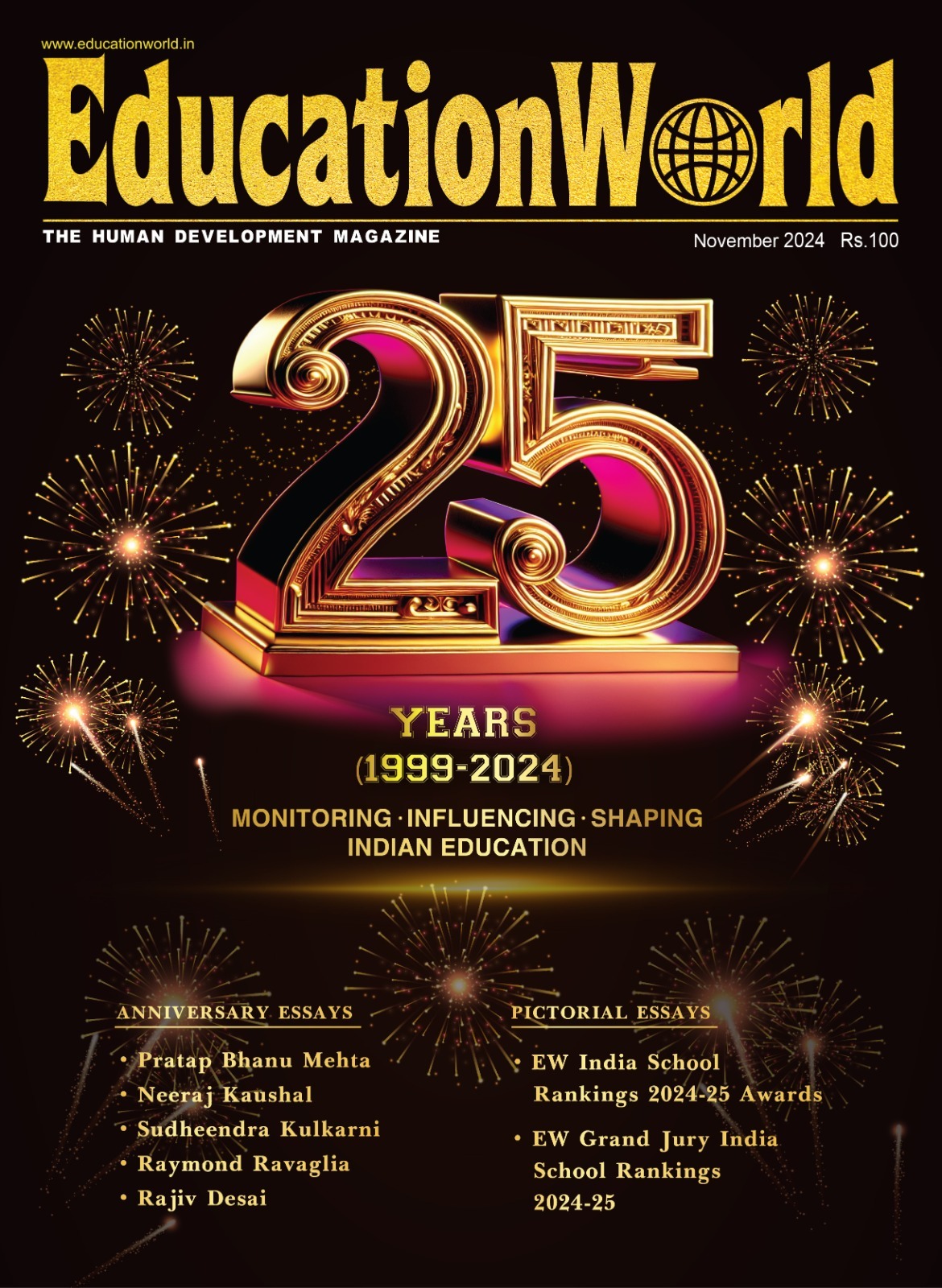



Add comment